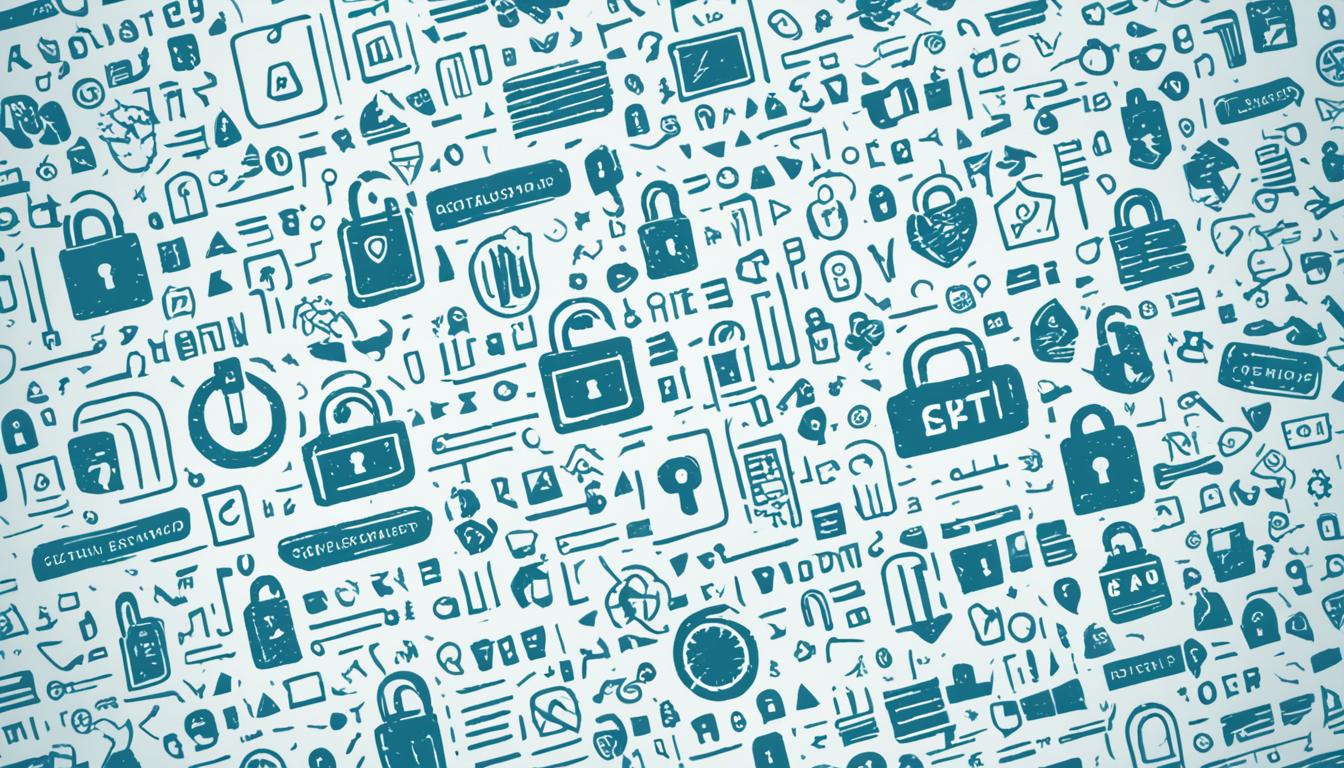In a world brimming with data breaches and cyberattacks, it’s startling to discover that an average of 30,000 new websites are hacked daily. These cyber incursions quietly threaten the safety of countless digital denizens, making it clear that digital cybersecurity hygiene is not just a best practice—it’s a necessary defense in an increasingly connected world. As you navigate the Internet’s vastness, the implementation of robust cyber defense strategies could make the difference between safeguarding your digital life or becoming another statistic.
Your online behavior and security measures are your first line of defense. By embracing the latest online security tips and integrating them into your daily digital routine, you can create a formidable barrier against the myriad of threats lurking in the cyber shadows. Think of it as regular handwashing for your digital health – an essential regimen to maintain and secure your online presence.
Staying vigilant is a continuous process, and the landscape of digital threats is constantly evolving. Arm yourself with knowledge and be proactive in applying these strategies, because your safety online is not just about technology—it reflects your awareness and readiness to confront digital dangers head-on.
Key Takeaways
- Understand the sheer scale of daily website hacks and the importance of digital cybersecurity hygiene.
- Learn cyber defense strategies as a core element of protecting your online presence.
- Recognize that effective digital hygiene extends beyond hardware and includes vigilant online behavior.
- Identify which best practices are paramount in strengthening your personal cyber defense.
- Discover how the insights you gain can shape a safer, more secure online experience.
Understanding the Basics of Digital Cybersecurity Hygiene
In an era where digital threats are increasingly prevalent, strengthening your foundation in cybersecurity awareness is more than prudent—it’s crucial. Becoming familiar with cyber hygiene basics is akin to locking your doors at night; it’s the first layer of defense in protecting your digital life. Let’s delve deeper into the core aspects that comprise a solid cybersecurity strategy.
best practices for secure remote work
The Importance of Cyber Hygiene in Today’s Digital World
Why is cybersecurity awareness pivotal today? The simple truth is that cyber threats have become a constant in the vast arena of the internet. Understanding and implementing online privacy tips ensure that you navigate the web with the assurance of your data’s safety. Cyber hygiene practices are the daily routines and habits that keep your digital health in peak condition, deterring potential breaches and keeping cyber predators at bay.
Key Components of Cyber Hygiene
Like any regimen, cyber hygiene is composed of essential elements. These include, but are not limited to, secure browsing practices, strong password protocols, regular updates of security software, and cautious online behavior. Each aspect is a gear in the mechanism of safe computing habits, working in unison to protect your sensitive information.
- Secure Browsing Practices: Utilizing HTTPS sites, avoiding suspicious links, and employ browser security settings.
- Password Hygiene: Creating complex passwords and changing them periodically.
- Software Vigilance: Regularly updating security software to shield against the latest cyber threats.
- Network Awareness: Securing your Wi-Fi with robust encryption and being wary of public networks.
Assessing Your Current Cybersecurity Posture
Do you wonder where you stand in the digital security landscape? It starts with a simple assessment of your current cybersecurity posture. By scrutinizing your practices, you can pinpoint areas ripe for improvement and fortify your stance against potential intrusions and data leaks. The table below helps you evaluate the foundational pillars of your cyber hygiene. Are you following these safe computing habits?
| Cyber Hygiene Aspect | Your Practice | Recommended Action |
|---|---|---|
| Password Strength | Passwords updated annually | Change passwords every 3-6 months |
| Software Updates | Updates when convenient | Enable automatic updates |
| Secure Browsing | Occasional use of incognito mode | Consistent use of privacy-oriented browsers |
| Public Wi-Fi Use | Frequent usage without protection | Use VPN for encryption on public networks |
Building on a bedrock of cybersecurity awareness, bolstering your digital life with online privacy tips, and ingraining secure browsing and safe computing habits, sets you firmly on the path to advanced cyber hygiene measures. Take the time to familiarize yourself with these practices, and make them an integral part of your daily digital routine. Your online security depends on it.
Securing Your Devices Against Cyber Threats
In today’s interconnected world, the security of your devices is a keystone of your online presence. Understanding and implementing cutting-edge online security practices not only guards your personal information but also fortifies your digital assets against pervasive cyber threats. Let’s explore the essential steps you can take to ensure that your devices serve as a bastion of data protection.
Regular Software Updates and Patches
Keeping software up to date is one of the simplest yet most effective data protection measures. Manufacturers frequently release updates that not only add new features but also patch vulnerabilities. By ignoring these updates, you’re leaving the door wide open for malicious actors to exploit known flaws. Automate this process whenever possible to ensure you’re always running the latest versions. Here’s a brief guide to help you manage updates efficiently:
- Enable automatic updates on your operating system and key applications.
- Regularly check for firmware updates on hardware devices.
- Stay informed about new patches for your most utilized software.
- Create a schedule to periodically check for updates on devices that do not support automatic updating.
Anti-Virus and Malware Protection Solutions
Virus protection is not just an option; it’s a necessity. In the relentless battle against malware, a robust anti-virus solution is your frontline defense. It actively scans for and eradicates malware that could compromise your system. The market for anti-virus programs is vast, with providers like Norton, McAfee, and Bitdefender offering packages for all kinds of needs. Remember to:
- Install a reliable anti-virus software suite on all of your devices.
- Keep the virus definitions database updated for the latest protection.
- Run regular scans to detect hidden malware or spyware.
- Be vigilant with USB and external devices as they can carry infections from other systems.
Smart Device Security Best Practices
With the increasing number of smart devices in our homes and pockets, protecting these digital assets is crucial. Smart devices often collect and store sensitive personal data which makes them a prime target for cyberattacks. Secure your smart devices by:
- Changing default usernames and passwords to strong, unique codes.
- Utilizing network segmentation to isolate your smart devices from your primary network.
- Disabling unnecessary features that could create security loopholes.
- Monitoring network traffic to detect any unusual activity.
Adhering to these robust online security practices will significantly improve the safety of your digital landscape and personal data. Remember, the security of your digital realm mirrors the attention you give to these details.
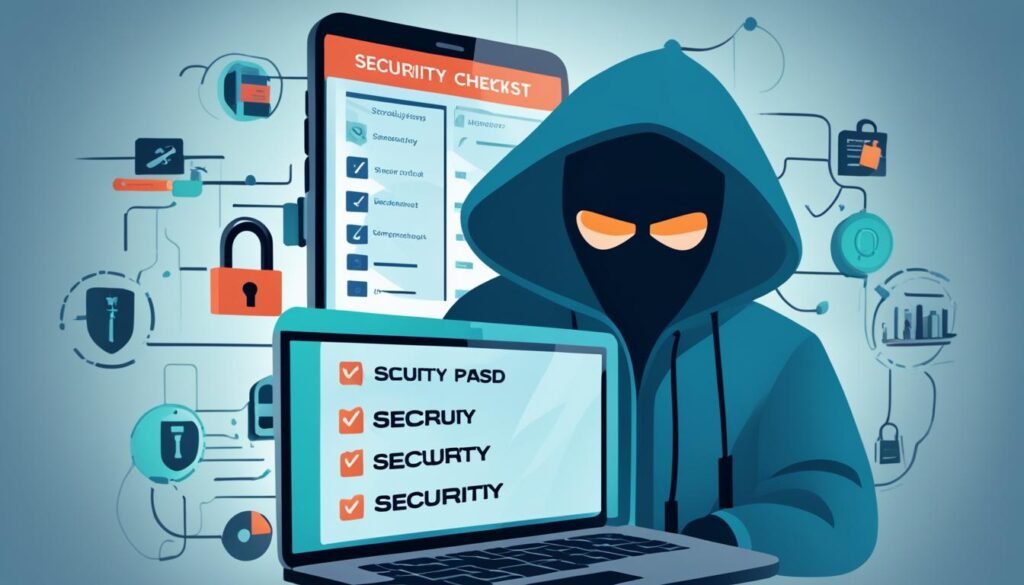
Adopting Safe Online Behavior
Ensuring your safety while navigating the vast digital universe is akin to learning how to swim before diving into the ocean. It’s not just about avoiding the obvious dangers; it’s about developing strong online security habits that keep you buoyant in a sea of potential threats. Embracing cyber hygiene best practices not only shields you from the immediate waves of cyber-attacks but also builds a resilient infrastructure that can weather future storms, significantly reducing online risks.
To truly integrate internet safety measures into your daily routine, you must be both knowledgeable and vigilant. Below are some concrete steps you can take to fortify your digital life:
- Think before you click: avoid suspicious links and email attachments.
- Secure your home network with strong passwords and up-to-date security protocols.
- Be discrete on social media, sharing minimal personal information.
- Use two-factor authentication wherever possible for an extra layer of security.
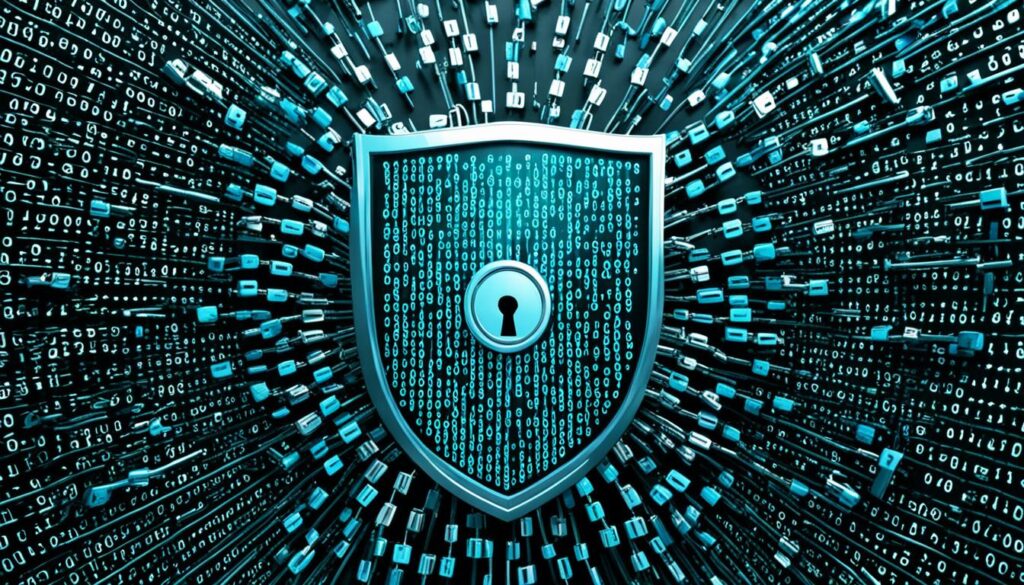
It’s also worthwhile to make a routine out of reviewing and tightening your privacy settings on various platforms. The following table breaks down some fundamental pieces of advice for keeping your online behavior in check:
| Aspect | Practice | Rationale |
|---|---|---|
| Email Vigilance | Inspect sender information and never divulge sensitive information. | Phishing attempts often begin with seemingly innocuous emails. |
| Secure Connections | Use VPNs when on public Wi-Fi to encrypt your activity. | Unsecured networks are prime spots for intercepting personal data. |
| Personal Data Protection | Limit what you share online, from birthdates to travel plans. | Personal details can be pieced together to steal your identity or access accounts. |
| Software Hygiene | Regularly update your software and back up important data. | Outdated software contains vulnerabilities that hackers can exploit. |
Remember, each of us has a role to play in our collective cybersecurity. By integrating these cyber hygiene best practices into your daily life, you are not just protecting yourself but contributing to a safer internet for everyone. So, take the helm and navigate the digital world with confidence and care.
Explore the transformative role of “AI and machine learning in cybersecurity” to understand how these technologies are enhancing security protocols and defenses against cyber threats.
Maintaining Strong Passwords and Authentication Measures
As you navigate the digital world, it’s critical to engage in secure online behavior. One of the primary defenses against cyber intrusions is password management, serving as the first layer of fortification for your online privacy. Effective password strategies are vital in securing your online presence and ensuring that your personal data remains confidential.
The Art of Crafting Strong Passwords
Crafting a strong password is more than choosing a complex set of characters; it’s about creating a key that is both unpredictable and memorable. For optimal password strength, consider these guidelines:
- Use a mix of uppercase and lowercase letters, symbols, and numbers.
- Avoid using obvious substitutions, like ‘pa$$word’.
- Longer passwords are generally stronger, aim for 12 characters or more.
- Steer clear of using personal information that can be easily guessed.
- Never reuse passwords across multiple sites or platforms.
Incorporating these practices into your routine will greatly increase your password’s effectiveness at keeping cyber threats at bay.
Multifactor Authentication and How It Works
To further anchor your online security, multifactor authentication (MFA) adds additional verification steps that must be completed before access is granted. MFA may include something you know (a password or PIN), something you have (a phone or hardware token), or something you are (biometrics). This layered defense mechanism significantly diminishes the risk of unauthorized access, even if your password does fall into the wrong hands.
Password Managers: Enhancing Security and Convenience
Remembering a plethora of complex passwords can be daunting, which is where password managers come into play. These tools not only store your passwords safely but also help you generate and retrieve them effortlessly when needed. Here’s a quick comparison of features to look for in a password manager:
| Feature | Benefit |
|---|---|
| Encrypted Password Storage | Keeps your passwords hidden from prying eyes with robust encryption protocols. |
| Cross-Platform Compatibility | Access your passwords on any device, ensuring convenience without compromising security. |
| Password Generation | Creates strong, unique passwords for you, reducing the risk of using weak or repeated passwords. |
| Secure Sharing | Allows you to share login information securely without revealing the actual passwords. |
| Two-Factor Authentication | Adds an extra layer of security to your password manager account, preventing unauthorized access. |
By integrating these tools into your digital routine, you can maintain a fortress of privacy that adapts to the evolving challenges of the online world.
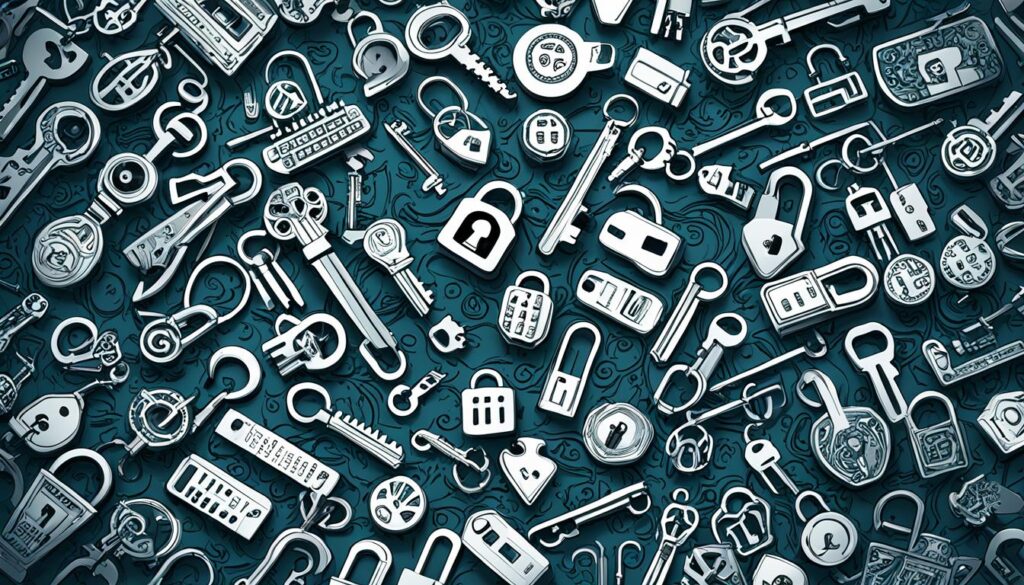
In conclusion, your digital life is only as secure as the practices you implement. By mastering password management, embracing multifactor authentication, and leveraging the convenience of password managers, you’re taking critical steps toward secure online behavior and protecting your online presence.
Protecting Personal Information and Digital Privacy
As we navigate the vast ocean of the internet, it’s crucial to become the captains of our digital privacy. Solid data protection strategies are more than a shield; they are the navigational charts guiding us through safe waters. When it comes to digital privacy maintenance and safeguarding your online presence, understanding how to steer your ship is paramount. Let’s embark on a journey to secure your most valuable treasure—your personal data.

Understanding Data Privacy Policies and Terms of Service
You wouldn’t sign a contract without reading it first, right? The same applies to online services. Data privacy policies and terms of service are your first line of defense. They tell you how companies collect, use, and protect your information. Invest time in understanding these documents to ensure your online privacy strategies are effective.
Best Practices for Sharing Information Online
Every post, like, and share is a potential gold nugget for data miners. Here’s the crux of online presence protection:
- Leverage privacy settings to control who sees your content.
- Think twice before sharing personal information, like your location or birthday.
- Only share what’s necessary—oversharing is the mother of all digital privacy faux pas.
The Role of Encryption in Protecting Privacy
Encryption is the secret code that keeps prying eyes at bay. When your data is encrypted, it becomes unreadable to unauthorized parties. Whether you’re sending an email or making an online transaction, ensure encryption is part of the process. It’s an essential data protection strategy that secures the integrity of your digital life.
By firmly grasping the significance of policies, mindfully sharing information, and utilizing encryption, you’ll navigate toward calmer seas where your digital privacy is respected and protected. Remember, maintaining control over your personal information is both your right and your responsibility.
Implementing Secure Communication Online
As digital landscapes expand, secure communication online becomes integral to maintaining personal and professional privacy. You may not see the intricacies of network security, but every message, email, and file shared traverses a complex web that is vulnerable to cyber threats. This is why harnessing digital security measures is crucial for ensuring online safety.
Here are specific strategies and applications geared towards protecting your online communications:
- End-to-end encryption: Look for messaging and email services that provide end-to-end encryption, which means only you and the intended recipient can access the contents of your communication.
- Secure Wi-Fi practices: Always ensure that your Wi-Fi connection is protected with a strong password and consider using a VPN (Virtual Private Network) when on public networks to encrypt your web traffic.
- Avoid public storage for private information: Steer clear of storing sensitive information on public cloud services without verifying their encryption and security protocols.
When considering tools for secure communication, factors such as usability, compatibility, and level of security must be weighed. For example, messaging apps like Signal are renowned for prioritizing privacy, while email services like ProtonMail provide encryption that enhances standard email security.
Start earning effortlessly! Claim your $3 bonus and monetize your unused data with Honeygain. It’s simple, secure, and smart.
Claim Nowand watch your balance grow! 🍯💸
Practices like these not only guard against data breaches but also build a culture of security mindfulness that can be the difference between a safe digital environment and one that’s compromised. Remember, taking proactive steps in network security isn’t just a technical necessity; it’s a fundamental aspect of maintaining your autonomy and discretion in an interconnected world.
Don’t let your guard down when it comes to your online interactions. Adopt these digital security measures and be the champion of your own secure communication online.
Safe Online Browsing and Shopping Practices
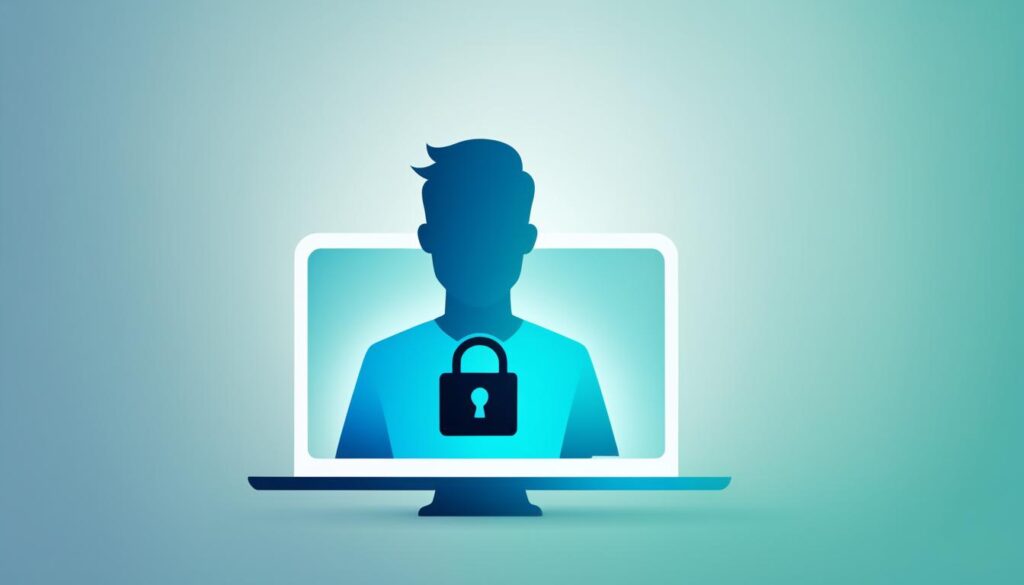
Engaging in safe online browsing isn’t just about convenience—it’s a crucial step in protecting your personal and financial information on the web. In an age where online threats are all too common, understanding and implementing online protection measures is key. Whether you’re clicking through your favorite retail site or checking your bank statements, internet safety protocols play a pivotal role in safeguarding your data.
When it comes to your shopping habits, secure online transactions should be top of mind. Here’s how you can ensure that your online shopping experiences are as secure as they are enjoyable:
- Always verify the security of a website before entering any personal or payment information—look for HTTPS and a padlock symbol in the address bar.
- Use credit cards instead of debit cards when possible, as they offer better fraud protection.
- Be mindful of the networks you use; public Wi-Fi is convenient, but it’s not secure for online shopping.
Keep in mind that reputable retailers invest in robust cybersecurity solutions to protect their customers. By choosing to shop with businesses that prioritize internet safety protocols, you actively contribute to a safer digital environment for everyone.
“The best way to stay safe online is to be aware of the risks and proactive about your own online habits.” – A Cybersecurity Expert
Remember that your online safety is an ongoing process. Stay informed about the latest threats and regularly update your security practices. By doing so, you can confidently enjoy the convenience of the digital world without compromising your safety and privacy.
Protecting Wireless Networks and Internet Connections
As we continue to embrace the internet’s conveniences, protecting our wireless networks becomes a critical component of our digital safety. Strong network security safeguards not only our personal information but also the functionality of our increasingly connected homes. The following insights and strategies will guide you in creating a more secure digital environment for your online activities.
The Need for Secured Wi-Fi and VPN Use
Unsecured Wi-Fi networks are akin to open doors for cybercriminals. By ensuring your Wi-Fi is secured with strong passwords and the latest encryption standards, you minimize the risk of unauthorized access. Moreover, the strategic use of VPNs can encrypt your data, making it virtually unreadable to interceptors and enhancing your digital privacy methods. Whether you’re working remotely or browsing for leisure, VPN use is an indispensable asset for keeping your online activities shielded.
Managing Network Settings for Optimal Protection
Customizing your network settings is not just about maximizing performance; it’s also about locking down potential vulnerabilities. Regular firmware updates, disabling network name broadcasting, and using network firewalls are steps that secure your connectivity at its core. Together, these measures contribute substantially to your comprehensive network security.
Securing IoT Devices and Smart Technology
As the Internet of Things (IoT) grows, so does the complexity of securing numerous connected devices. Each smart device, from thermostats to security cameras, should be considered a potential entry point for intruders. Implementing advanced security protocols and regularly updating device software are pivotal actions in securing IoT devices within your smart technology ecosystem.

| VPN Feature | Security Benefit |
|---|---|
| Encryption | Keeps data transfers confidential |
| IP Masking | Hides your real location for privacy |
| No-Logs Policy | Ensures your activity isn’t recorded or tracked |
| Secure Protocols | Provides robust protection against cyber threats |
| Kill Switch | Maintains security even if the VPN connection drops |
Recognizing and Preventing Phishing and Other Scams
In the digital age, remaining vigilant against phishing attempts and various scams is not only wise—it’s essential. With cybercriminals growing more sophisticated, understanding the potential threats can greatly enhance your phishing prevention strategies. Let us delve into how you can protect yourself from falling prey to these deceptive maneuvers with actionable online safety tips.

Identifying Suspicious Emails and Websites
One of the first steps in cyber threat prevention is learning to identify signs of phishing in emails and websites. Be cautious of unsolicited communications that request sensitive information, contain mismatched URLs, or present alarming content meant to evoke a sense of urgency. Ensuring email safety is a cornerstone of comprehensive online threat prevention.
The Dangers of Social Engineering Attacks
Social engineering taps into human psychology, manipulating individuals into divulging confidential information or performing actions that breach security. Awareness of such tactics is crucial as they can occur across various platforms, including over the phone or through social media interactions.
Creating a Culture of Awareness and Skepticism
Fostering a culture of skepticism and informed caution is fundamental in identifying and preventing deceptive online threats. Encouraging ongoing education and open dialogue around the topic of cyber security can fortify individual and organizational defenses against such cyber threats.
| Phishing Signal | Action to Take | Prevention Tip |
|---|---|---|
| Unusual sender email address | Verify the sender’s legitimacy | Do not open emails from unverified sources |
| Links to unfamiliar sites | Hover to preview the URL before clicking | Use trusted bookmarks for sensitive websites |
| Requests for personal information | Assess the necessity and context of the request | Never share sensitive data via email or text |
| Spelling and grammatical errors | Recognize unprofessional communication as a red flag | Stay alert to the quality of the correspondence |
| Threats or sense of urgency | Remain calm and validate the claim through official channels | Be wary of pressure tactics urging immediate actions |
Ensuring Data Protection and Backup Strategies
In today’s digital environment, safeguarding your data is more critical than ever. By employing strategic data protection tips and implementing sound backup tactics, you can fortify your digital life against unforeseen events. Creating multiple copies of your data and ensuring these backups are current can mean the difference between a slight inconvenience and a catastrophic loss.
The Significance of Regular Data Backups
One of the cornerstone online safety measures is the regular backing up of personal and professional data. By doing so, you ensure the resilience of your digital information against hardware failure, cyberattacks, or natural disasters. It’s not just about saving your data but also about preserving your peace of mind, knowing that you have a fallback option ready.

Cloud Storage and Local Backup Solutions
The advent of cloud storage has revolutionized the way we think about data backups. Reliable and accessible, cloud solutions provide an off-site storage option that can be both scalable and cost-effective. However, blending cloud storage with local backup solutions, like external hard drives, offers a multi-tiered approach to data protection, adding an extra layer of security by diversifying your backup locations.
Best Practices for Handling Sensitive Data
When it comes to managing sensitive data, certain protocols enhance your data privacy measures. Encryption should be the standard for any data deemed sensitive, whether it’s at rest or in transit. Furthermore, the practice of data minimization—keeping only what you absolutely need—reduces potential exposure. Here’s a concise table outlining key practices for sensitive data management:
| Practice | Description | Impact |
|---|---|---|
| Encryption | Securing data with cryptographic techniques. | Enhances confidentiality and integrity. |
| Data Minimization | Limiting the collection of personal information to what is directly relevant and necessary. | Reduces exposure to breaches. |
| Regular Audits | Periodically reviewing data storage and usage policies. | Ensures compliance and reveals potential vulnerabilities. |
By adhering to these data privacy measures, you take decisive steps towards holistic data protection. Remember, the time to think about online safety measures isn’t after a security incident; it’s a continuous commitment that starts today.
Conclusion
In an era where our lives are inextricably intertwined with digital realms, the significance of adopting **cyber hygiene practices** cannot be overstated. From the devices that wake us to the systems that secure our most sensitive data, implementing **cybersecurity best practices** is no longer optional, but a critical necessity. It is the shield that guards the sanctity of our digital privacy and secures our information against the countless threats that lurk in the cyber landscape.
Your commitment to maintaining **digital privacy** through vigilant **internet security guidelines** can make an undeniable difference. Every step you take, whether it’s setting strong passwords, updating your software regularly, or securing your home network, fortifies your cyber defenses. You play a vital role in not just safeguarding your digital footprint but also in fostering a more secure online community by sharing these practices and perspectives with others.
Remember, the safety and integrity of your digital presence are in your hands. So, continue to educate yourself, stay up-to-date with the latest security protocols, and proactively engage in preserving your cyber wellbeing. It is through these efforts that you reinforce the fortifications against cyber threats and contribute to a safer digital environment for all. Take action today, for a secure digital presence is the bedrock of a worry-free online experience.

